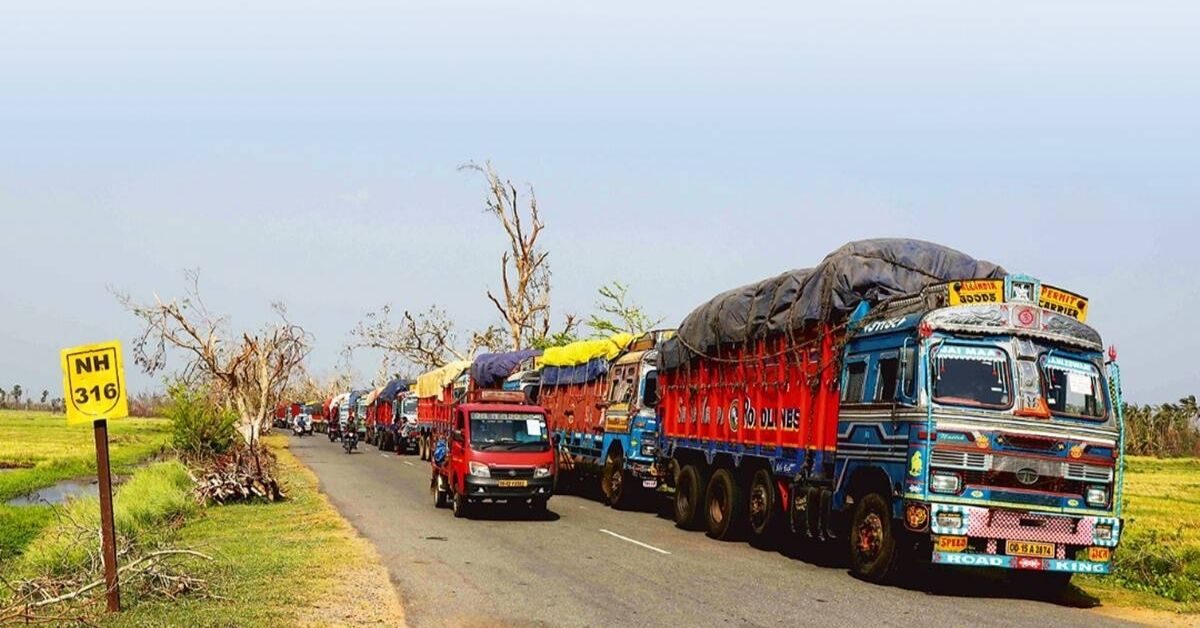The Glasgow Climate Pact has made it clear that there is a universal mandate to get to net zero emissions. However, each country will have its own timelines and trajectories. Through their regulatory mandates, governments will start clearing out carbon content from the supply chain, making space for green alternatives. Manufacturers will have to roll out innovative solutions with speed and scale to cash in on the opportunities. Transition to net zero will have to balance sustainable environmental protection with economic considerations. India stands at the cusp of a major supply chain reconfiguration and the most efficient transition is through digital transformation.
Cost of climate change
Climate change will cost India up to 10 % of our GDP by 2100 and will increase poverty rates by 3% as per the Cost of Climate Change in India Report. If India is to become a $5 trillion economy by 2030, we will have to achieve a GDP growth rate of 12.5%. Securing each percentage point of real GDP growth rate will be valuable. The transition to net zero can act as an economic catalyst for India to leapfrog into a sustainable ecosystem, without having to go through the costly path taken by developed nations.
Core manufacturing verticals account for 31% of carbon emissions. Energy generation and distribution account for 27%, agriculture for 19%, with logistics making up 16% and ambient control for another 7%. Unfortunately, digital integration in India’s supply chain is at less than 5%, meaning that there is no visibility in carbon emissions at each stage of the supply chain. This limits identification of sustainable materials, suppliers who have the scale and plant capacity to manufacture sustainable supply chain alternatives is larger than its availability, pushing costs upwards and distorting the value pyramid. The perceptions of high cost and complexity are keeping large and small manufacturers from participating in solving the problem.
Reconfiguring the supply chain through digital transformation
Supply chains are subject to the bullwhip effect, where changes and errors accumulated upstream keep amplifying as we travel downstream. The way to accommodate this characteristic of supply chains is to develop digital solutions which allow flexible reallocation of resources and costs in response to real-time carbon emissions. A single digital operating system for the supply chain can enable sharing of data on
Data on carbon emissions and consumption patterns of sustainable substitutes of materials, logistics, and warehousing can be mined to map the pass-through of high carbon emission costs to responsible stakeholders. This data can also be used to develop strategic supplier relationships. Systems can be developed to select suppliers based on a system of rewards and penalties for moderating carbon emissions.
MSME participation critical to achieve net zero
MSMEs in India that employ 120 million people are still located on the other side of the digital divide. To enable MSMEs to hit the ground running through the transition to net zero, large enterprise buyers will have to share knowledge on the compliance requirements of conducting environmental audits, disclosing carbon emissions, and gradually replacing carbon positive value drivers with net zero value drivers.
Digital adoption by MSME suppliers in supply chain processes will make collaborative sharing of data, managerial know-how and transfer of technology easy. Large enterprises can leverage economies of scale from such supplier development programs to run continuous quality improvement and lean six sigma programs to flatten costs of production.
Optimizing costs of logistics and inventory
Optimizing the logistics planning for delivery of goods for every procurement and distribution transaction is the first step in reducing the carbon footprint. Businesses will have to leverage data to map critical paths, container capacities, and multiple modes of logistics and choose the least cost-green logistics options. Near-real time visibility into the geographical spread of existing inventories of finished goods, purchase
order pipelines, and downstream distribution commitments to customers will be the next step. This is especially true for manufacturers that operate global delivery and procurement models and are dependent on maritime freight routes for EXIM trade.
Road to a self-reliant India passes through value engineering
With the decision to phase down coal at COP26, and the government’s mandate to wind down single use plastics by 2022, the supply chain in India is poised for a reset. Innovation in value engineering will be the key to reducing the costs of the transition to net zero. Digital supply chain transformation will enable the smooth reconfiguration of value to reflect the real reprioritization of climate change in corpora corporate value chains and value systems.
Source : Economic Times








